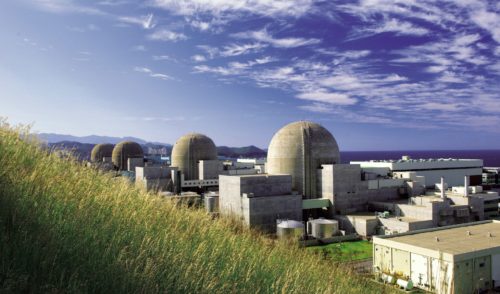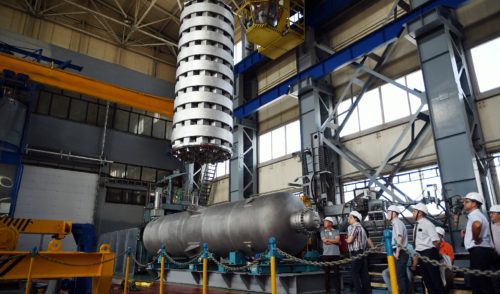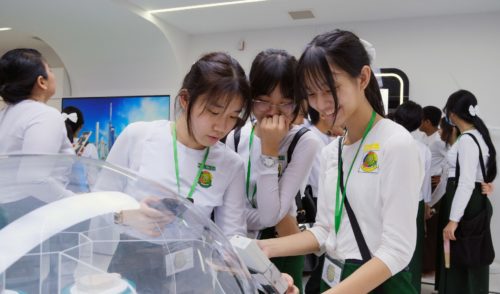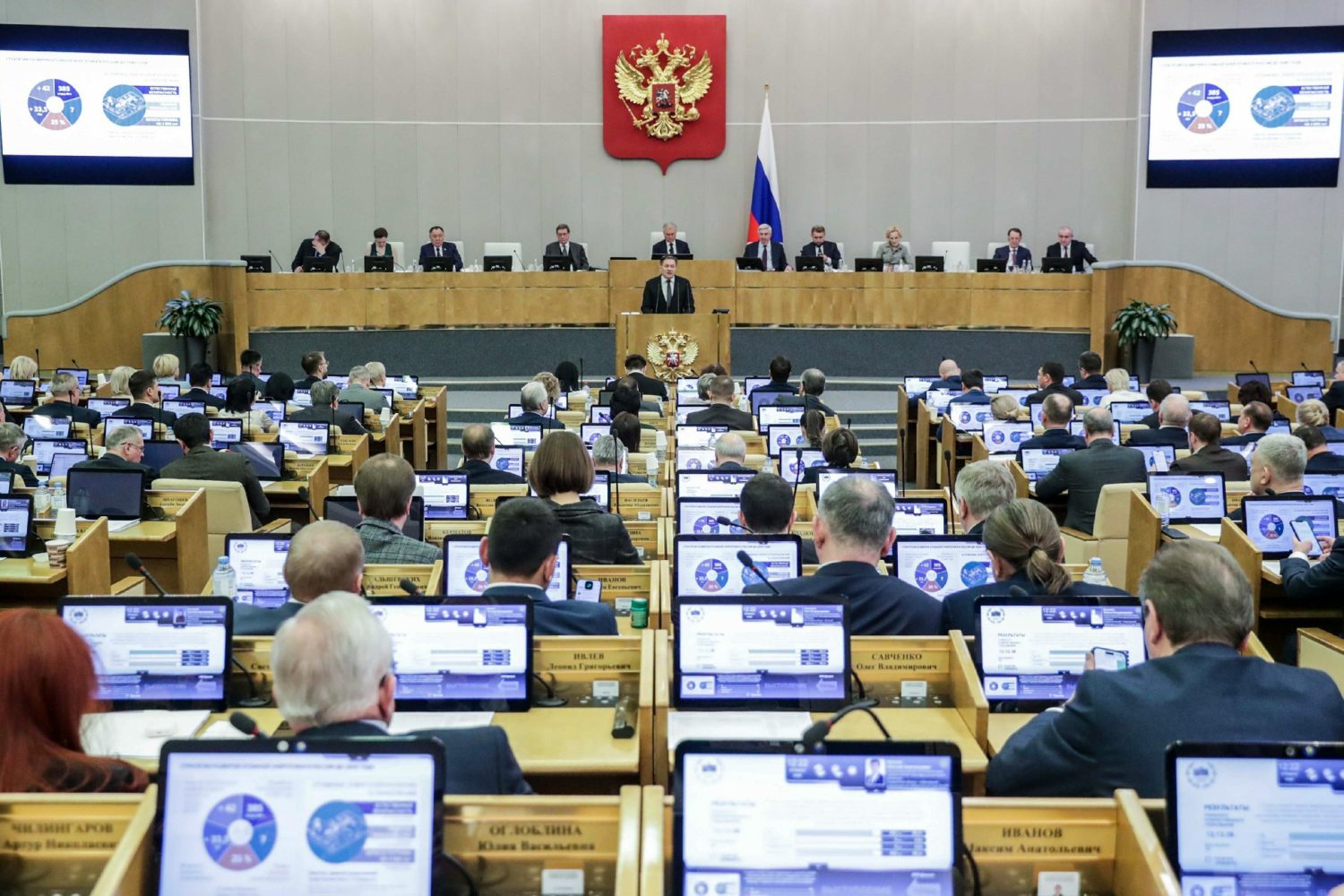
Russian Atoms in 57 Countries
back to contentsIn late February, Rosatom Director General Alexey Likhachev spoke in the State Duma (the lower house of the Russian Parliament) about the current state of affairs at Rosatom, the goals set for the future, and the projects under consideration.
New power units in Russia
At present, Russia has 36 reactor units in operation, including the world’s only floating nuclear power plant. The share of nuclear generation averages 20 % across Russia and exceeds 40 % in some Russian regions. Rosatom is also engaged in the development of wind generation capacity, with 9 wind farms already built. Rosatom’s nuclear and wind power plants prevent the emission of about 110 million tonnes of CO2 per year.
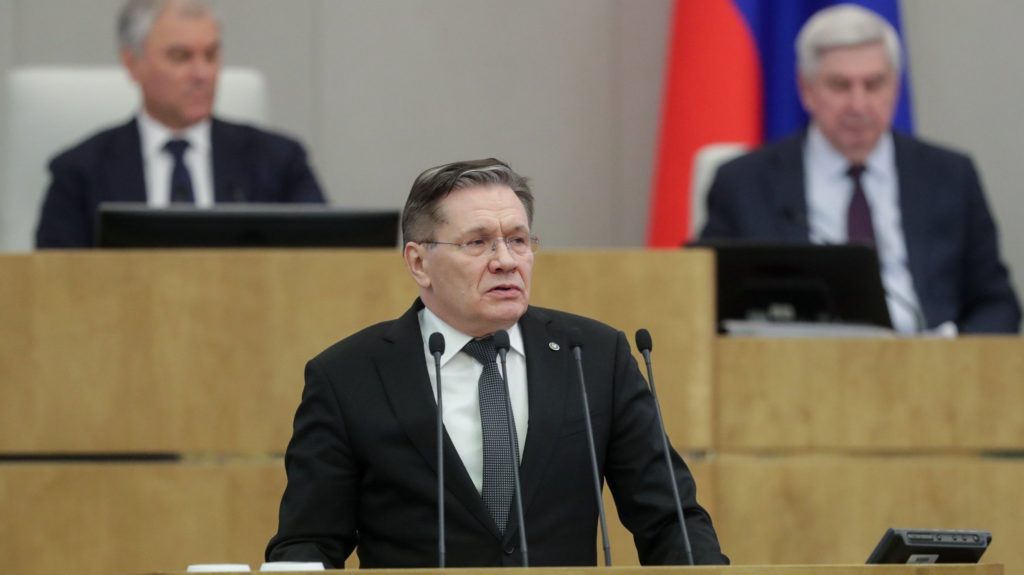
By 2045, the share of nuclear power in Russia’s energy mix will increase to 25 %. The Russian nuclear corporation will have to build 42 large, medium and small modular reactors with an aggregate capacity of 33.5 GW to reach this goal. “We plan to deploy new capacity in the Urals and then move further into Siberia and the Far East, where we expect electricity consumption to grow fastest. Nuclear stations will be built in seven new regions,” Alexey Likhachev said. For instance, discussions are underway to construct nuclear power plants in the south of the Zabaykalsky Krai and in the Tynda Municipal District of the Amur Region.
Next generation
Alexey Likhachev highlighted in his speech the efforts made to develop next-generation nuclear power technologies: “We are the world’s only country to work on the Generation IV nuclear technology. This is the technology that makes beyond-design nuclear accidents physically impossible due to the specific design of the reactor core.”
It should be recalled that Rosatom is building a pilot power production facility in Seversk, Tomsk Region. Its first unit, which is designed for the fabrication and refabrication of mixed uranium-plutonium nitride fuel, will be operational later this year. A lead-cooled fast neutron reactor will be brought online in 2027.
Alexey Likhachev emphasized that the new technology would remedy two shortcomings that are challenging the present-day nuclear power sector. First, fuel reserves become unlimited by involving the stockpiled uranium 238 isotope into the fuel production cycle. Second, closing the nuclear fuel cycle solves the world’s most demanding problem of spent fuel accumulation. This would meet the so-called radiation equivalence principle, with as much radioactivity disposed of to the environment as was ‘taken away’ when mining natural uranium.
In the next decade, Rosatom will be using the new technology to build large-scale nuclear power plants and power generation facilities in Russia. The technology will also be offered to international partners. “We are at least 10 years ahead of the competition in this field, according to our estimates. But since they are on our heels, we need to move forward faster in our innovative projects,” Rosatom Director General said in conclusion.
Rosatom abroad
The advantages of Russian technology make Rosatom a top nuclear vendor in international markets. Rosatom is a leading supplier of nuclear fuel products and services and is building 22 nuclear power units in seven countries, with 8 units completed abroad over the last eight years. Rosatom’s portfolio of international contracts includes 33 power reactors in 11 countries.
The Belarusian and Russian energy ministries are working on the proposal of Belarusian President Alexander Lukashenko to build new nuclear capacity. “There is an option to build a third reactor unit at Ostrovets (Belarus’ first nuclear power plant is located there — editor’s note), and there is an option to build a two-reactor nuclear power plant in the south of Belarus. We are ready for both options,” Alexey Likhachev told the Members of Parliament.
The work is also underway to explore the possibility of building a new nuclear power plant in Turkey. “As announced publicly by President Recep Tayyip Erdogan, a political decision has been made to allocate another site to us. Most likely, it will be a site at Sinop. We are now looking into the details,” Rosatom Director General said.
New high-tech products, both nuclear and non-nuclear, make an essential part of international cooperation. They include offshore and onshore modifications of small and medium-scale nuclear power plants, nuclear science and technology centers, medical equipment, and multi-purpose irradiation centers. Rosatom supplies over 70 % of the isotopes produced worldwide to more than 50 countries.
“I can’t wait to tell you about the latest invention of our medics, Hepatoren, an unparalleled rhenium-labeled drug capable of stopping the growth of liver tumors even in the most elderly patients,” Alexey Likhachev said.
Last year, Rosatom earned a record USD 16.4 billion in revenue from its international operations, including over USD 12 billion from friendly countries. “What is our international leadership based on? First, it is the best technology that is tested and proven in Russia on a mandatory basis. Second, it is our comprehensive offer that extends beyond nuclear power plants. We create the entire industry from scratch, contributing to research activities, regulatory framework, local production, and end-to-end staff training. Relying on the principles of respect and equality, we make our partner countries technologically independent. This being said, we continue to compete for our share in the markets of unfriendly countries as well,” Alexey Likhachev concluded.
All in all, Rosatom is present in 57 countries around the world by building nuclear facilities there, supplying its products or otherwise.


